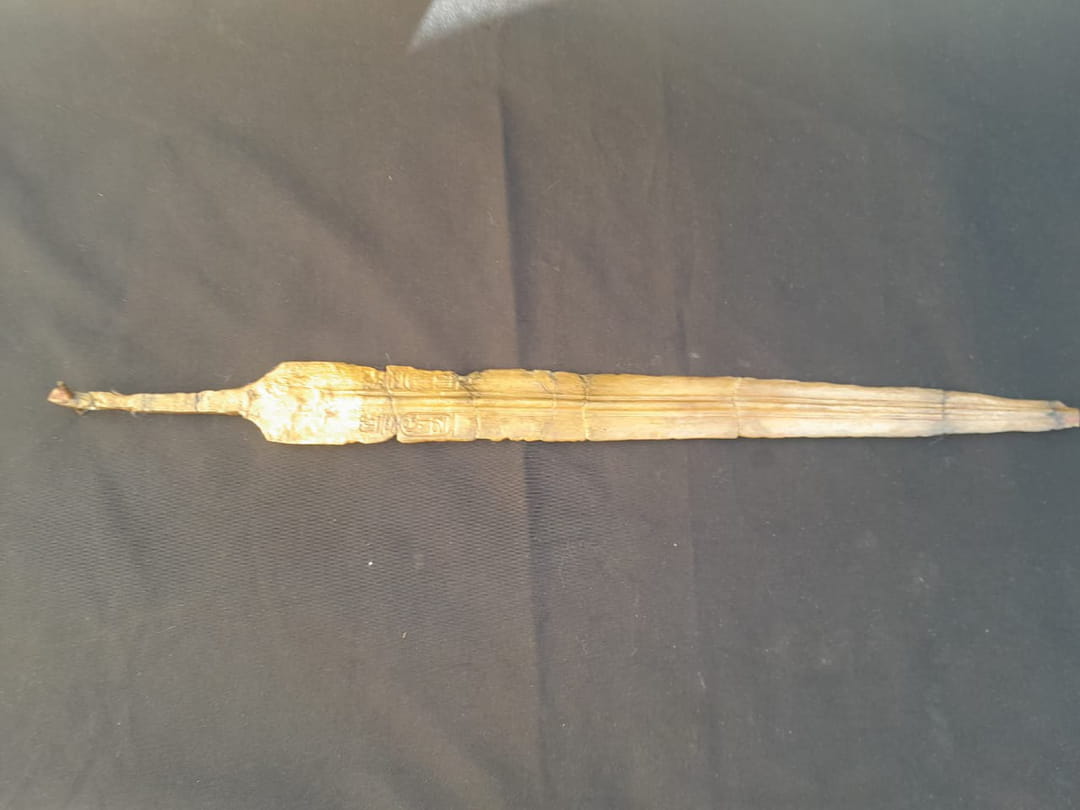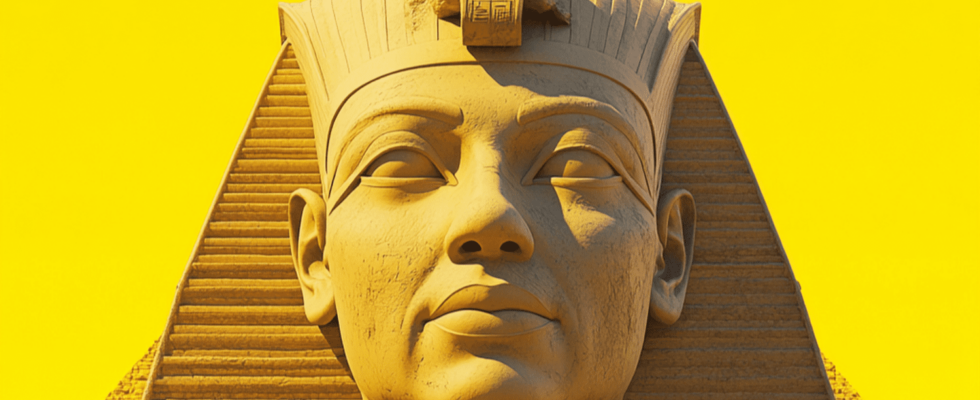During excavations, archaeologists discovered an unexpected treasure bearing the seal of Pharaoh Ramesses II.
If there is one name of a known pharaoh, it is that of Ramses II. He is the third pharaoh of the 19th Egyptian dynasty, having lived between 1304 and 1213 BC. He reigned for over 66 years and was seen as a great warrior. During a recent archaeological mission in Egypt to the remains of a 3,200-year-old military barracks, his name was mentioned again. According to a press release from the Egyptian Ministry of Tourism and Antiquities, this barracks, located on the site of Tell Al-Abqain, about fifty kilometers southeast of Alexandria, was full of objects that belonged to the soldiers of the New Kingdom.
It was one of the military outposts of the ancient Egyptian army, along a route, allowing troops to protect the northwestern borders of Egypt against invasions by Libyan tribes and those coming from the Nile Delta. They found jewelry in this barracks, but also ceremonial scarabs.
Food was also stored: remains of fish and animal bones were discovered there in large jars. Terracotta ovens were used to prepare food. A cow grave was also identified: this animal symbolized strength, abundance and prosperity and thus often ended up sacrificed during rituals. In this barracks, a sword was found bearing the seal of Ramses II in hieroglyphics. The pharaoh had his name engraved on many objects. The bronze weapon was found in a small room in the barracks.

For Peter Brand, professor of history at the University of Memphis, this sword “could correspond to a royal reward for a high-ranking officer. The name and titles of the king engraved on it increased the prestige of its owner”, a- he assured with LiveScience. Ahmed El Kharadly, archaeologist from the Egyptian Ministry of Tourism and Antiquities, believes, for his part, that the location where the sword was found suggests that it was intended for combat and was therefore not only a weapon of war. appearance.
It is unusual to find such a treasure like this, they are more often found in tombs. Its state of conservation, like that of the barracks, is also quite unique. “This is an important discovery for understanding the strategy and especially the logistics of the Egyptian army under Ramesses II,” concluded Peter Brand.
